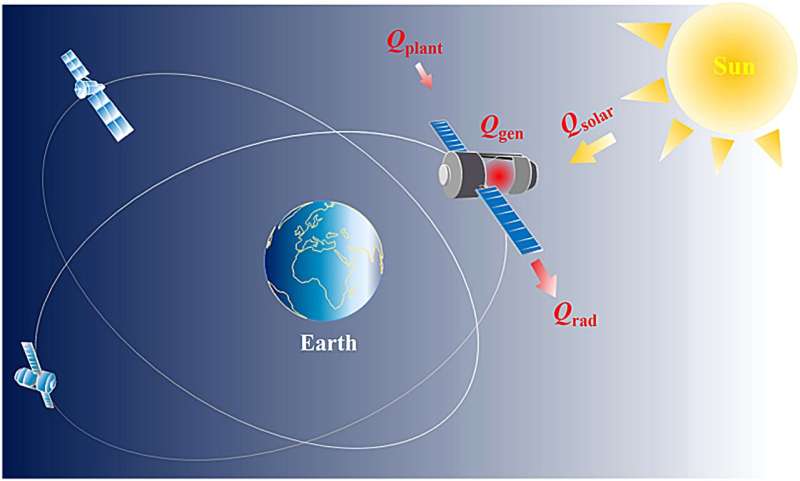It explores high thermal conductance materials such as carbon-based composites and annealed pyrolytic graphite (APG) and discusses novel packaging structures using micro-/nano-electromechanical system (MEMS/NEMS) technologies.
Heat transport solutions, including various heat pipes and mechanically pumped fluid loops (MPFLs), are examined, with heat pipes categorized into unseparated and separated types. Advanced microfluidic cooling techniques for efficient heat removal are also highlighted.
For heat rejection, the review focuses on deployable radiators, variable emissivity radiators, and phase change materials (PCMs), addressing the fluctuating thermal environment in space to ensure effective heat dissipation.
Dr. Wen-Xiao Chu, the corresponding author of the study, states, "Our review highlights the critical advancements in thermal management technologies that are essential for the success of future space missions. By addressing the unique thermal challenges in the spacecraft environment, these technologies ensure the reliability and performance of onboard electronics, paving the way for more ambitious space exploration and satellite missions."
Advancements in thermal management technologies have significant implications for the space industry. By ensuring efficient heat control, these technologies enhance the reliability and lifespan of spacecraft electronics, crucial for long missions.
Lightweight and high-performance TMTs improve overall efficiency and cost-effectiveness. As demand for high-power and miniaturized space systems grows, implementing these advanced thermal solutions is vital for the future of space exploration and satellite technology.
More information: Yi-Gao Lv et al, Review on Thermal Management Technologies for Electronics in Spacecraft Environment, Energy Storage and Saving (2024). DOI: 10.1016/j.enss.2024.03.001
Provided by TranSpread



